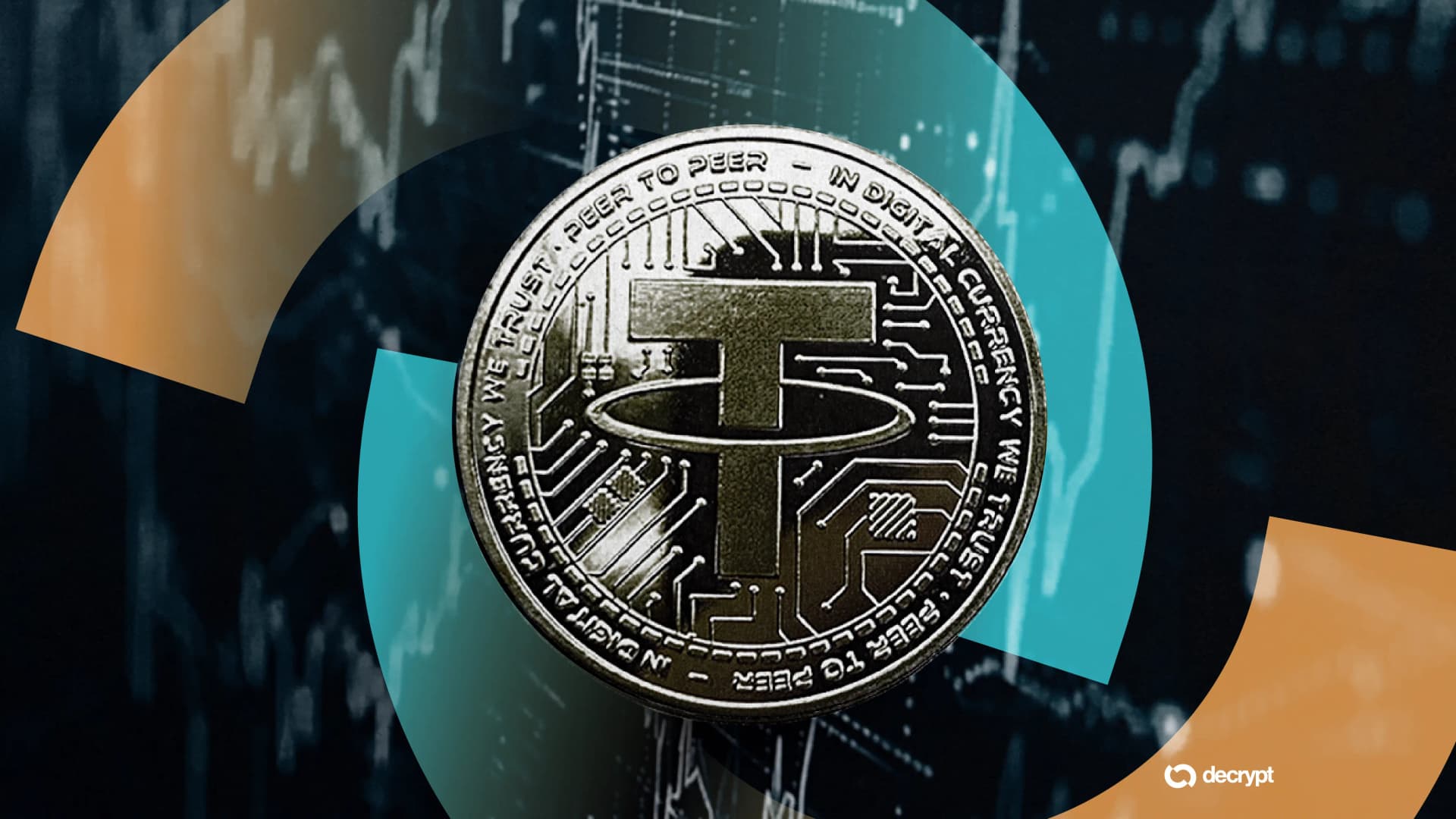Morning Minute: Tether Prints $10 Billion in Profit

News Summary
Tether's latest quarterly attestation reveals a $1.1 billion profit for Q3 2025, bringing its year-to-date total to approximately $10 billion, a figure comparable to Goldman Sachs and significantly larger than Coinbase. The vast majority of this profit stems from interest income on its $91 billion U.S. Treasuries reserves. The company has also confirmed new investments in Bitcoin mining and AI infrastructure, signaling a strategic diversification of its profit streams beyond purely dollar-backed reserves. USDT's supply now exceeds 122 billion, with nearly 70% issued on Tron and about 18% on Ethereum. Tether CEO Paolo Ardoino highlighted the company's leadership and financial resilience. The article notes Tether's immense scale and profitability make it critical global infrastructure, warning that any redemption or regulatory hiccup could ripple through the industry, and anticipates increased regulatory scrutiny as its empire grows.
Background
Tether (USDT) is the world's largest stablecoin issuer, with its value designed to maintain a 1:1 peg with the U.S. dollar. Stablecoins play a critical role in the cryptocurrency market, offering traders a price-stable digital asset and serving as a bridge between cryptocurrencies and fiat currencies. Tether backs its issued stablecoins by holding reserve assets, predominantly U.S. Treasuries. Over recent years, Tether's market capitalization and trading volume have grown substantially, making it an integral part of the crypto ecosystem. However, Tether has consistently faced scrutiny from regulators and critics regarding the transparency of its reserve assets and its lack of oversight comparable to traditional financial institutions.
In-Depth AI Insights
What are the broader systemic risks and opportunities arising from Tether's increasing scale and profitability, particularly given its 'too big to fail' status? - Tether's immense profitability and vast reserves grant it a status akin to systematically important financial institutions within the crypto sphere. Any redemption crisis or regulatory crackdown could send significant shockwaves through crypto trading, liquidity, and the DeFi ecosystem, potentially spilling over into traditional finance given its substantial U.S. Treasury holdings. - This systemic importance may compel regulators to adopt a more proactive stance, potentially leading to the implementation of stricter regulatory frameworks designed to manage its risks rather than outright prohibition of its functions. What does Tether's strategic diversification into Bitcoin mining and AI infrastructure reveal about its long-term vision? - This strategy indicates Tether is not content merely as a dollar stablecoin issuer but is actively leveraging its robust cash flow to build a broader Web3 infrastructure empire. It represents a shift from passive asset management to active strategic investment. - Investments in AI and Bitcoin mining could generate new revenue streams and potentially lead to vertically integrated business models in the future, such as providing computing power or energy solutions for the crypto industry, thereby enhancing its influence across the digital economy. What regulatory challenges will Tether's profitability and asset reserves face under the Trump administration? - Tether's substantial profits from U.S. Treasuries, without direct U.S. oversight, is a politically sensitive issue, especially under the current Trump administration, and will likely invite heightened scrutiny from the left and regulators. - Expect louder calls for increased transparency regarding stablecoin reserves, potential risks, and the legitimacy of handling U.S. debt instruments without direct U.S. regulatory purview. This could accelerate legislative efforts in the U.S. to establish more comprehensive stablecoin regulations, aiming to integrate them into existing financial frameworks or impose new, specific requirements.